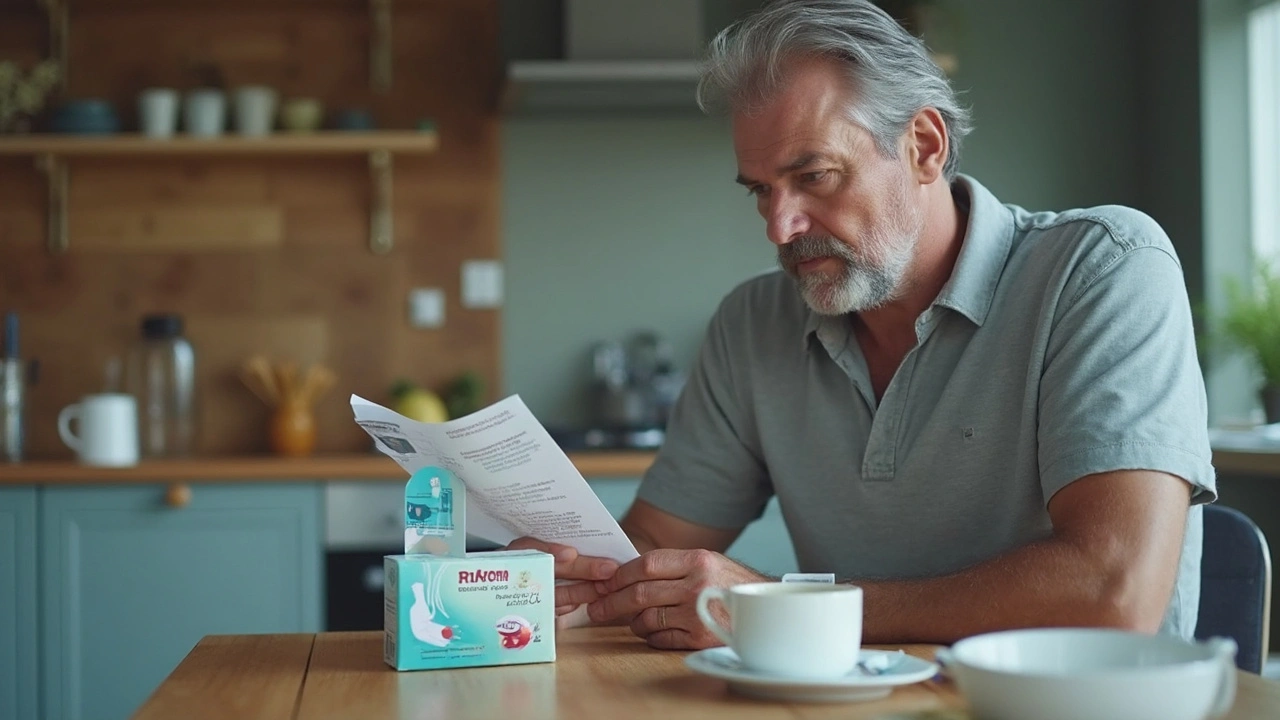Pantoprazole: Uses, Dosage, Side Effects, and Practical Tips
Pantoprazole is a proton pump inhibitor (PPI) doctors prescribe to reduce stomach acid. People use it for gastroesophageal reflux disease (GERD), erosive esophagitis, stomach and duodenal ulcers, and conditions that cause excess acid like Zollinger-Ellison syndrome. It comes as an oral tablet, delayed-release granules, or an IV form for hospital use. Most guidance here focuses on the common oral 40 mg dose, but your doctor will pick what’s right for you.
How to take it: take pantoprazole before a meal, usually in the morning. Swallow tablets whole; do not crush or chew delayed-release forms. If you use the granules, mix them with applesauce or water as directed and swallow immediately. Missing one dose occasionally is usually not harmful, but don’t double up to catch up. For short-term reflux, treatment often runs four to eight weeks; some conditions need longer therapy under medical supervision.
Common side effects and what to watch for
Many people tolerate pantoprazole well. The most common complaints are headache, diarrhea, nausea, stomach pain, or gas. Serious reactions are rare but include severe allergic response, severe diarrhea from C. difficile, low magnesium, and unusual bone fractures with long-term use. If you notice severe stomach pain, bloody stools, muscle cramps, or irregular heartbeat, contact a healthcare provider right away.
Interactions, long-term risks, and practical precautions
Pantoprazole can interact with some drugs. It may reduce activation of clopidogrel, so check with your doctor if you’re on blood thinners. It also affects how the body handles drugs that need stomach acid for absorption. Long-term PPI use has been linked to vitamin B12 deficiency, magnesium loss, and a small increase in bone fracture risk. Ask your provider about periodic lab checks if you stay on a PPI for many months.
Thinking about stopping: don’t stop abruptly after long use without talking to your doctor. Acid rebound can bring bad symptoms. A common plan is to taper down the dose or switch to an H2 blocker for a while. For mild heartburn you might try lifestyle changes first: avoid big evening meals, lose weight if needed, quit smoking, and raise the head of the bed.
Who should be careful: pregnant or breastfeeding people should discuss risks and benefits with their provider. Children and elderly patients may need different dosing and closer monitoring. Always tell your pharmacist or prescriber about all prescription medicines, supplements, and herbal products you use.
Quick take: pantoprazole is an effective PPI for acid-related problems when used as directed. Follow dosing instructions, watch for side effects, and keep your prescriber updated about other medicines and long-term plans. If symptoms persist or worsen, get medical advice rather than increasing the dose on your own.
Buying and storing: pantoprazole requires a prescription in many countries. Use a licensed pharmacy, keep pills in a cool dry place, and check expiration dates. If cost is an issue ask your pharmacist about generic pantoprazole or patient assistance programs—generics work the same and are usually cheaper. Save receipts.

